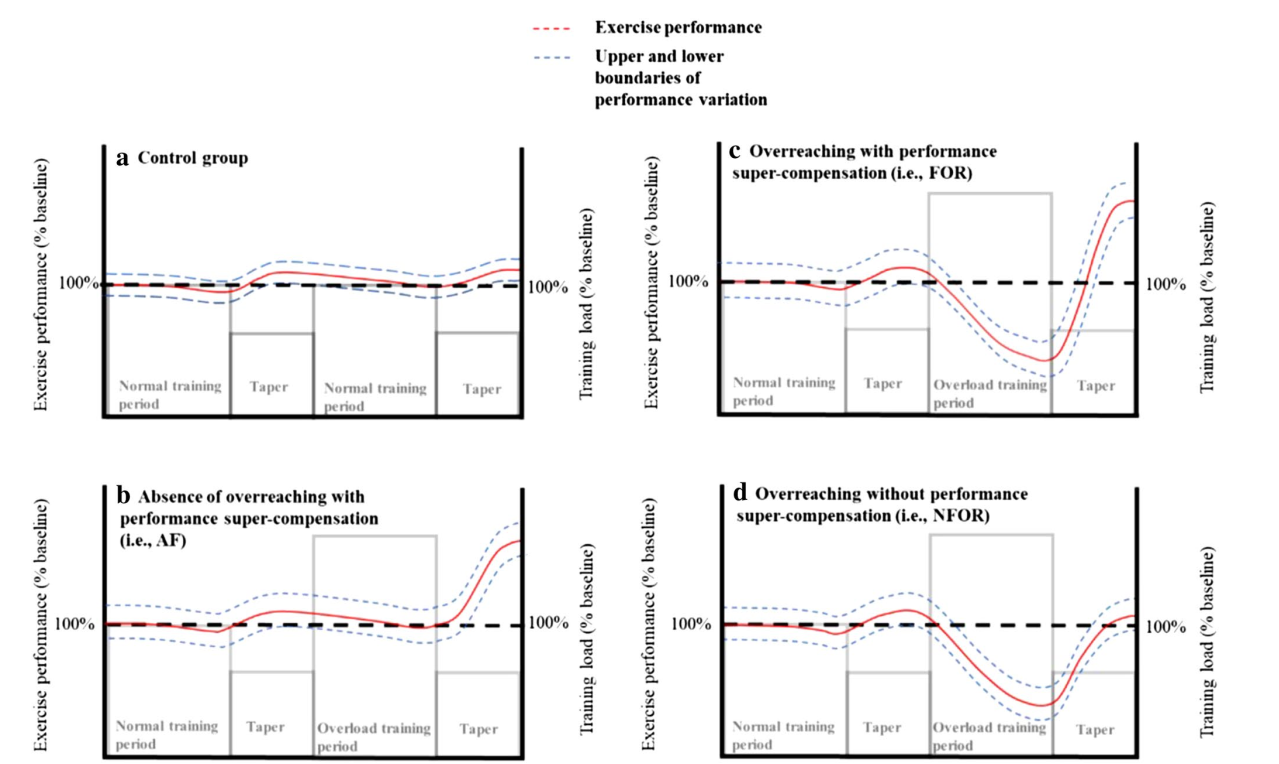
10 Dec Endurance Innovation 82 – Phil Bellinger
Michael welcomes Griffith University researcher Phil Bellinger to discuss the symptoms and effects of overreaching as well as the role the muscle fiber type distribution in that condition
Endurance Innovation is now on Patreon! Have a peek at our page and show us some love.
- 3:00 what is overreaching and how it differs from overtraining
- Overtraining is a chronic medical condition often with a hormonal imbalance component where performance and general health are noticeably degraded. It may take months to years to resolve.
- Overreaching is an acute (short term) effect of performance.
- 6:30 signs and symptoms of overreaching
- The best signal for overreaching is a marked decline in performance. Other subjective or objective metrics may or may not be present.
- Some possible other metrics are disrupted HR response -particularly heart rate recovery – to exercise and perception of fatigue
- 10:00 a guide to using HRR to gauge fatigue and overreaching
- 16:45 functional vs non-functional overreaching
- 20:15 is overreaching desirable in training?
- Acutely fatigued – but not overreached – athletes performed better than their functionally overreached study counterparts in this 2014 paper by Le Meur et al.
- But it is difficult to tease apart whether it’s being overreached that causes the reduced supercompensation effect or if the athletes who were able to recover well enough to not become overreached in the first place are just better responders.
- 26:15 immunological implications of overreaching
- 31:00 a primer on muscle typology
- 35:45 the implications of individual muscle type distribution
- Endurance phenotype athletes (greater type I concentration) will respond to training differently than speed phenotype folks (greater type II concentration)
- 39:00 the challenges of phenotype research
- 45:15 a novel, non-invasive technique for assessing muscle typology
- 49:30 conversion of type II muscle fibres from IIX to IIA as a result of training is desirable for endurance athletes. It can be achieved through.
- Classical endurance training
- Resistance training using moderate to high rep ranges
- 54:00 effects of muscle typology on overreaching
- Overreached group had a higher percentage of type II muscle fibres compared with the acutely fatigued (non-OR) group
- Runners with a greater percentage of type I fibres also maintained performance better during overload period than their peers with a higher type II percentage
- More research remains to be done to individualize training
- 65:00 advice for type II prominent middle-distance runners
- Reduce duration of long run
- Alter distribution of quality sessions
- Individualize content of quality sessions
Want to dig deeper? Here are Phil’s articles for your reading pleasure:
- Functional Overreaching in Endurance Athletes: A Necessity or Cause for Concern?
- Muscle fiber typology is associated with the incidence of overreaching in response to overload training
- Overreaching Attenuates Training-induced Improvements in Muscle Oxidative Capacity
- Muscle Typology of World-Class Cyclists across Various Disciplines and Events





No Comments